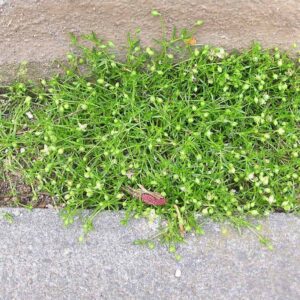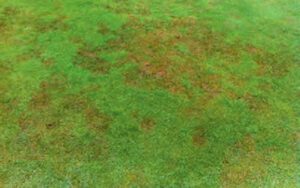Living in a region of Australia with a prolonged rainy season may prompt you to question the feasibility of mowing wet grass. While natural rain can invigorate your lawn by fostering rapid growth, especially in warm conditions, mowing immediately after rainfall isn’t advisable. In this discussion, we’ll delve into the rationale behind avoiding this practice, offer guidance on when it’s appropriate to mow post-rain, and provide some strategies to facilitate smoother mowing experience.
Table of Contents:
1. Why You Should Avoid Mowing Wet Grass
2. Timing for Mowing After Rain
3. Tips for Effortless Mowing
4. Conclusion
Why You Should Avoid Mowing Wet Grass:
Mowing wet grass poses challenges for both your lawn and your mower, leading to:
– Uneven cutting and potential tearing of grass blades due to their softness and flexibility when wet, making them prone to damage and disease.
– Heightened risk of spreading fungal diseases that thrive in moist environments, potentially causing widespread harm to your lawn.
– Increased likelihood of clogging and overheating of the mower engine due to wet grass clumping, which can result in stalling or stoppage.
– Potential damage to soil and turf, such as the formation of wheel tracks and compaction of saturated soil, leading to uneven mowing and compromised drainage and nutrient availability.
It’s advisable to wait for the grass to dry before mowing to maintain a healthy and visually appealing lawn. This is especially crucial for tough-leafed grasses like Bermuda, which are more prone to bending and challenging to cut cleanly when wet. Additionally, using electric mowers on wet grass poses the risk of electric shock, making it essential to exercise caution.
Timing for Mowing After Rain:
While mowing wet grass is generally discouraged, certain considerations can guide your decision if it becomes necessary:
– Grass type: Some grass varieties are more resilient to wet conditions than others. Cool-season grasses like Bluegrass and ryegrass are more tolerant, whereas warm-season grasses like Buffalo and Couch are less forgiving.
– Grass length: Long, wet grass is best left to dry to avoid messy cuts and susceptibility to disease outbreaks.
– Terrain: Uneven or sloped lawns pose increased risks during wet mowing, necessitating dry conditions for safer navigation.
– Duration and intensity of rain: Light showers may allow mowing after 30 minutes, while heavier rainfall warrants waiting 12 to 24 hours for the grass to dry sufficiently, reducing the risk of damage.
Tips for Effortless Mowing:
To streamline mowing on wet grass, consider the following:
– Monitor weather forecasts and avoid mowing during or immediately after heavy rain or storms.
– Adjust mower cutting height to prevent excessive grass removal, minimising clogs and uneven cuts.
– Thoroughly clean mower components after wet mowing sessions to mitigate disease spread.
– Regularly sharpen mower blades for cleaner cuts.
– Prioritise mowing on slightly damp, rather than soaking wet or muddy, grass to minimise damage.
Conclusion:
While mowing wet grass is discouraged due to its potential adverse effects on lawn health and mower performance, certain precautions can mitigate risks if unavoidable. Adhere to these guidelines, ensuring that wet mowing remains an exception rather than a routine practice, to uphold the vitality and aesthetic appeal of your lawn.




